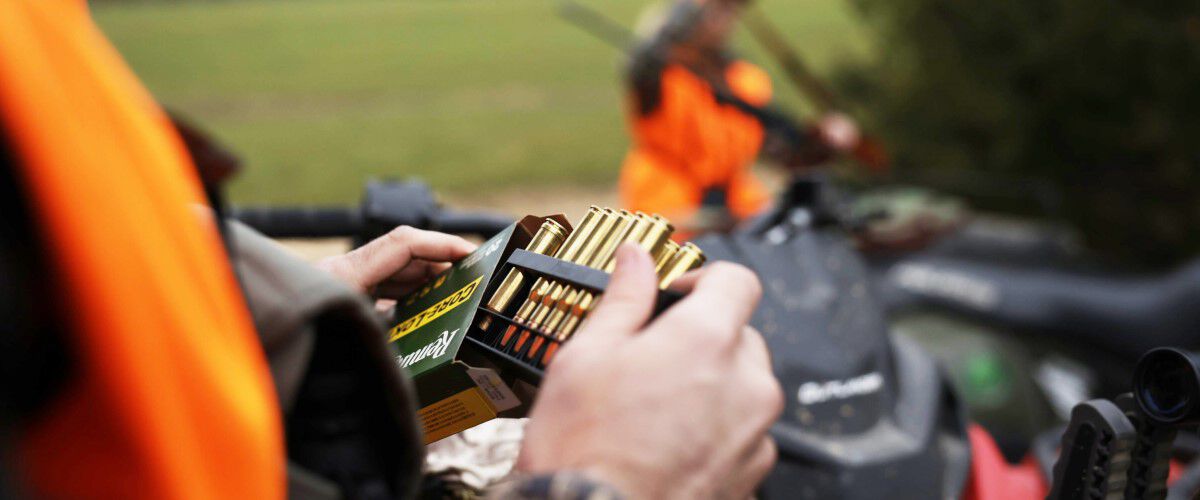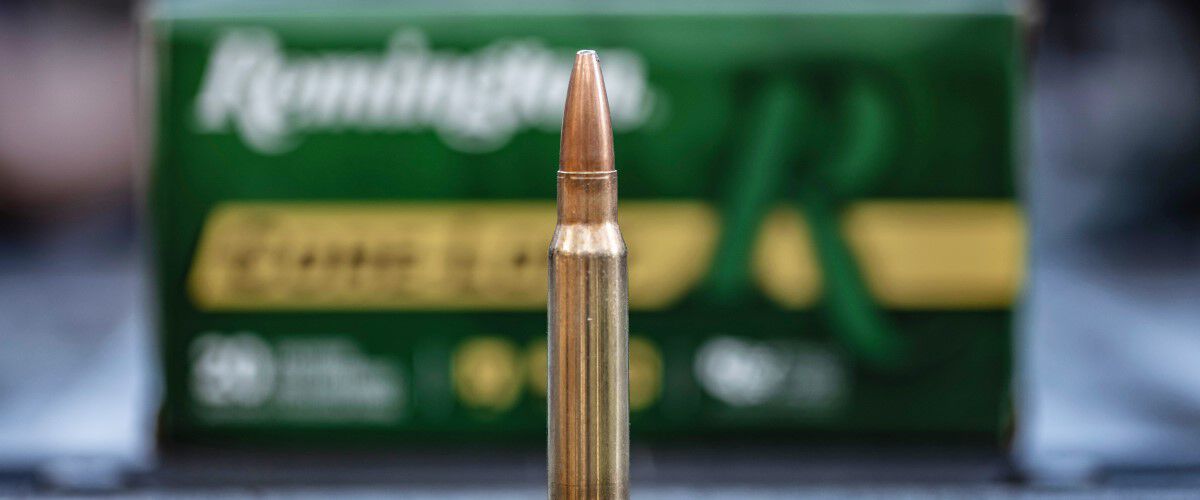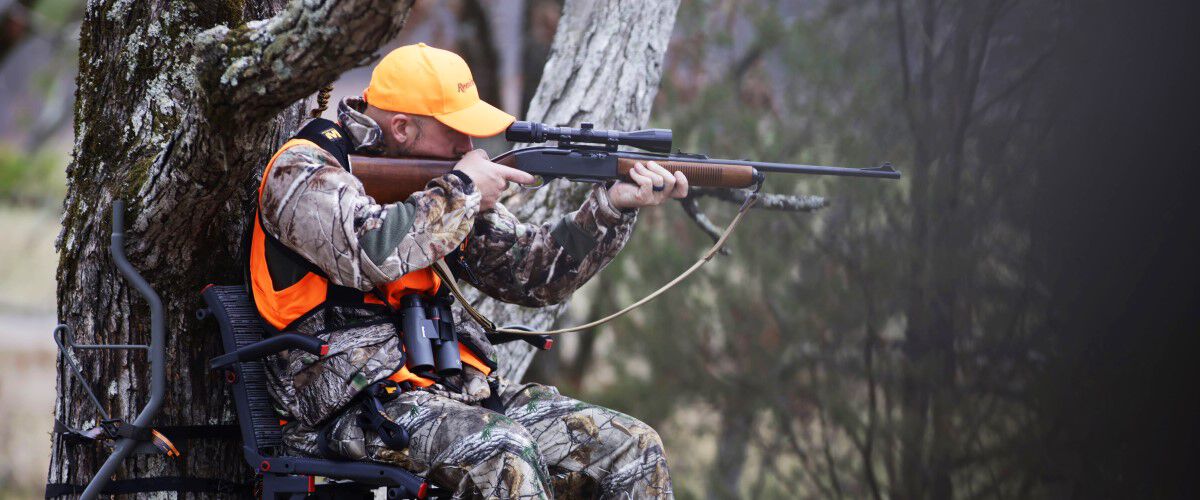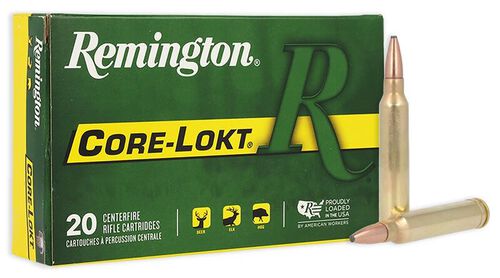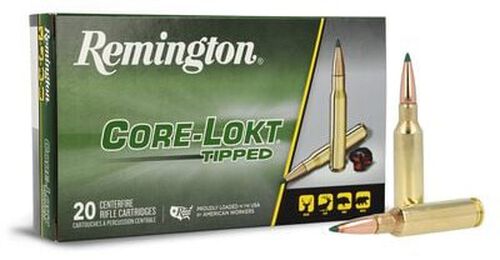
Big Green Blog
How To: Choosing Deer Hunting Ammo
9.19.2022 | By Remington Contributor
You’ve hung stands, cleared brush, waited all summer, and spent more mornings and evenings patiently waiting than you can count. Now, the biggest buck your deer lease has ever seen just stepped out of the woods and into your shooting lane.
Hopefully you’ve picked the right ammunition to get the job done.
Setting aside the debate on which caliber is best for hunting deer, choosing the right load for your whitetail hunt is all about the projectile and its terminal performance. To know how to choose the best ammo for your deer hunt, you should know how different kinds of bullets perform.
There are three basic types of hunting bullet constructions. Each performs differently on deer:
- Cup-and-core
- Bonded
- Monolithic
Cup-and-core bullets like Remington Core-Lokt, Nosler Partition and Federal Power-Shok transfer energy quickly and produce rapid expansion on game for wide, but shallow, wound channels. Retaining a moderate amount of their original weight, these bullets cause big damage on vital organs. The downside, this kind of bullet is more susceptible to jacket and core separation than bonded or monolithic bullets. Cup-and-core bullets may not perform as well if a shot hits bone.
Bonded bullets like Swift Scirocco, Speer Impact, or Federal Terminal Ascent also consist of a copper jacket and a lead core, but they are made by molecularly fusing the jacket and core together, resulting in a tougher bullet. Bonded bullets retain their weight and excel at deep penetration through muscle and bone, providing deer-stopping wound channels. These bullets are best suited to big, tough game and may be overkill on your whitetail hunt.
Monolithic bullets like Federal Trophy Copper or Barnes TSX are made from a single piece of copper or metal alloy, lacking a lead core. Tough like a bonded bullet, monolithics also penetrate deep, expand at a controlled rate, and work well performing through barriers. Monolithic bullets can be expensive and while they create deep wound channels, they can be narrow.
There’s no such thing as a magic bullet and there’s no such thing as the perfect bullet for all situations. The right bullet put into the wrong place still means a long tracking session. Your best bet is practice – know your firearm, your ammunition and your shooting set up. When the right moment comes, take a stable shot to make sure you are shooting into the vital zone and your buck should go down quick.
